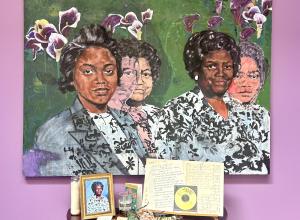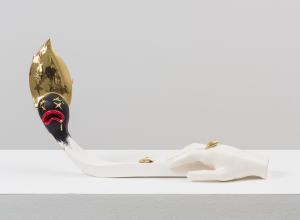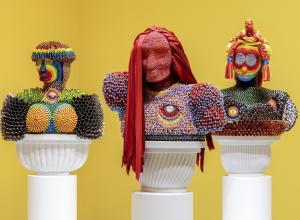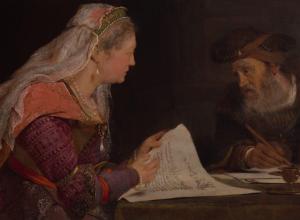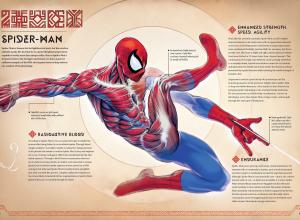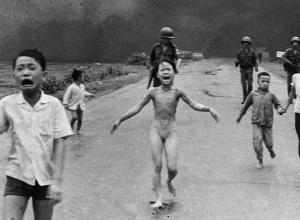Multidisciplinary artist and TED Fellow Paul Rucker is unstitching the legacy of systemic racism in the United States. A collector of artifacts connected to the history of slavery -- from branding irons and shackles to postcards depicting lynchings -- Rucker couldn't find an undamaged Ku Klux Klan robe for his collection, so he began making his own. The result: striking garments in non-traditional fabrics like kente cloth, camouflage and silk that confront the normalization of systemic racism in the US.
Art News
This weekend marks the inaugural opening of FRONT International, Cleveland’s new Triennial for Contemporary Art. Centered around the theme “An American City,” FRONT seeks to push the boundaries of the traditional art fair by emphasizing “process, research, collaboration and long-term engagement with Cleveland and Northeast Ohio." While the theme gives the triennial a local focus, it all aims to engage larger social, political, cultural, ecological and economic issues, using Cleveland to serve as an example of how these issues function on a larger scale.
Have you heard of Italian Baroque artist Artemisia Gentileschi? Find out why her popularity, and that of other artists, has risen dramatically since the 1970s.
Chart the frequency of mention of any artist, maker, genius, et al, through the Google Books Ngram Viewer: https://books.google.com/ngrams
Fluxus was a network of artists who thought anything could be art, and anyone could be an artist. This video explores the food-related work of George Maciunas, Yoko Ono, and Alison Knowles, et al.
Stories of art forgeries are among the most captivating the art world has to offer. In this video, Sotheby’s Director of Scientific Research James Martin and art historian Jonathan Lopez recall Han van Meegeren—one of the most infamous art forgers the world has known. Watch as they describe how nearly undetectable mistakes in his otherwise flawless copies of masterworks by artists such as Johannes Vermeer led to his downfall.
The naked and the nude have been frequent subjects for art throughout the history of human creation, and also the frequent subject of censorship. What's wrong with seeing the unclothed human body? And what is its place in art?
Today the art world mourns the death of Robert Indiana. The pop artist died on Saturday at the age of 89. His ubiquitous “LOVE” sculptures, notably seen in Philadelphia, New York, and Indianapolis, are iconic works of art. The four letters stacked in a square with an off-kilter “O” were made famous in 1964 as a Museum of Modern Art Christmas card. Indiana went on to create steel sculptures based on this design, as well as prints. Since then the image has gone on the grace postage stamps, clothing, and every kind of souvenir imaginable.
Was your Art History class an endless succession of names and dates and movements? Art History doesn't have to be that way! We discuss new (and much more compelling) approaches the study of art. Learn more about Civilizations on PBS and how you can watch!: http://www.pbs.org/civilizations/home/
In the spirit of the English poet Alexander Pope, art, like hope, springs eternal. And this year the vernal equinox, signaling the onset of spring, our most hopeful season, occurred on March 19th, the earliest in recent memory. While March 2020 also saw the proliferation of that other “v” word necessitating a period of enforced isolation, artists are possibly the best equipped to weather this period given the solitary nature of most creative activity. Many artists have recognized the uplifting power of spring, particularly in times of societal upheaval.
The FotoFest Biennial, an international platform for photographic and new media art, is known for discovering and presenting hot new talent from around the world. The Biennial is a citywide production, with Houston's leading art museums, art galleries, non-profit art spaces, universities and civic spaces all involved. This year’s festival theme is INDIA, with attendees coming from 34 countries, and artists from India and the global Indian diaspora representing the identities of their homeland.


![DEl Kathryn Barton [Australian b. 1972] the more than human love , 2025 Acrylic on French linen 78 3/4 x 137 3/4 inches 200 x 350 cm Framed dimensions: 79 7/8 x 139 inches 203 x 353 cm](/sites/default/files/styles/category_card_187x139/public/ab15211bartonthe-more-human-lovelg.jpg?itok=LJbNuU6F)


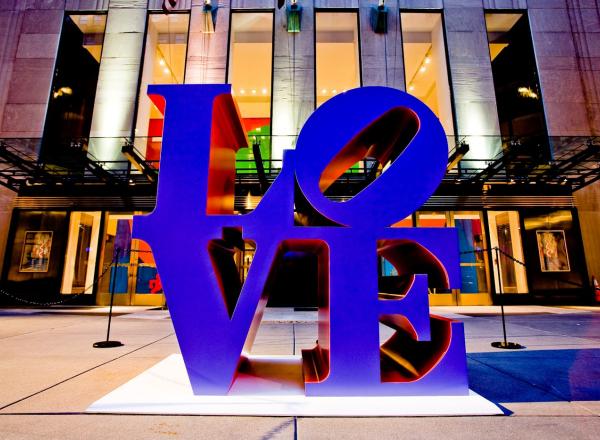
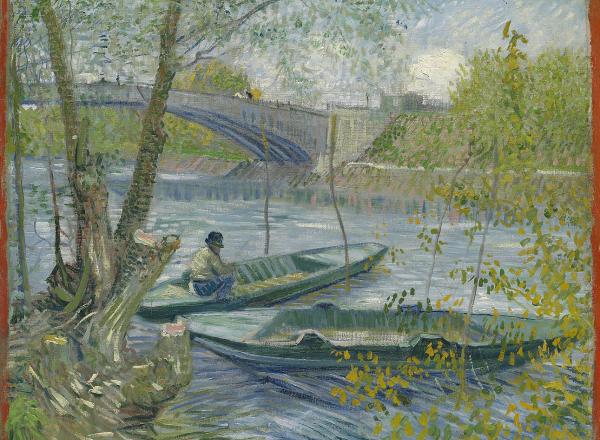
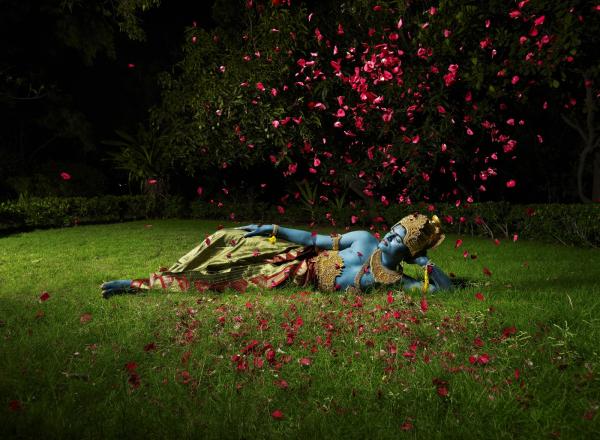

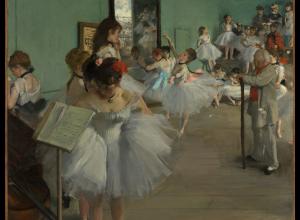

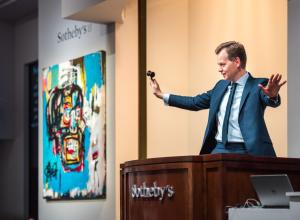
![DEl Kathryn Barton [Australian b. 1972] the more than human love , 2025 Acrylic on French linen 78 3/4 x 137 3/4 inches 200 x 350 cm Framed dimensions: 79 7/8 x 139 inches 203 x 353 cm](https://www.artandobject.com/sites/default/files/styles/image_5_column/public/ab15211bartonthe-more-human-lovelg.jpg?itok=wW_Qrve3)

